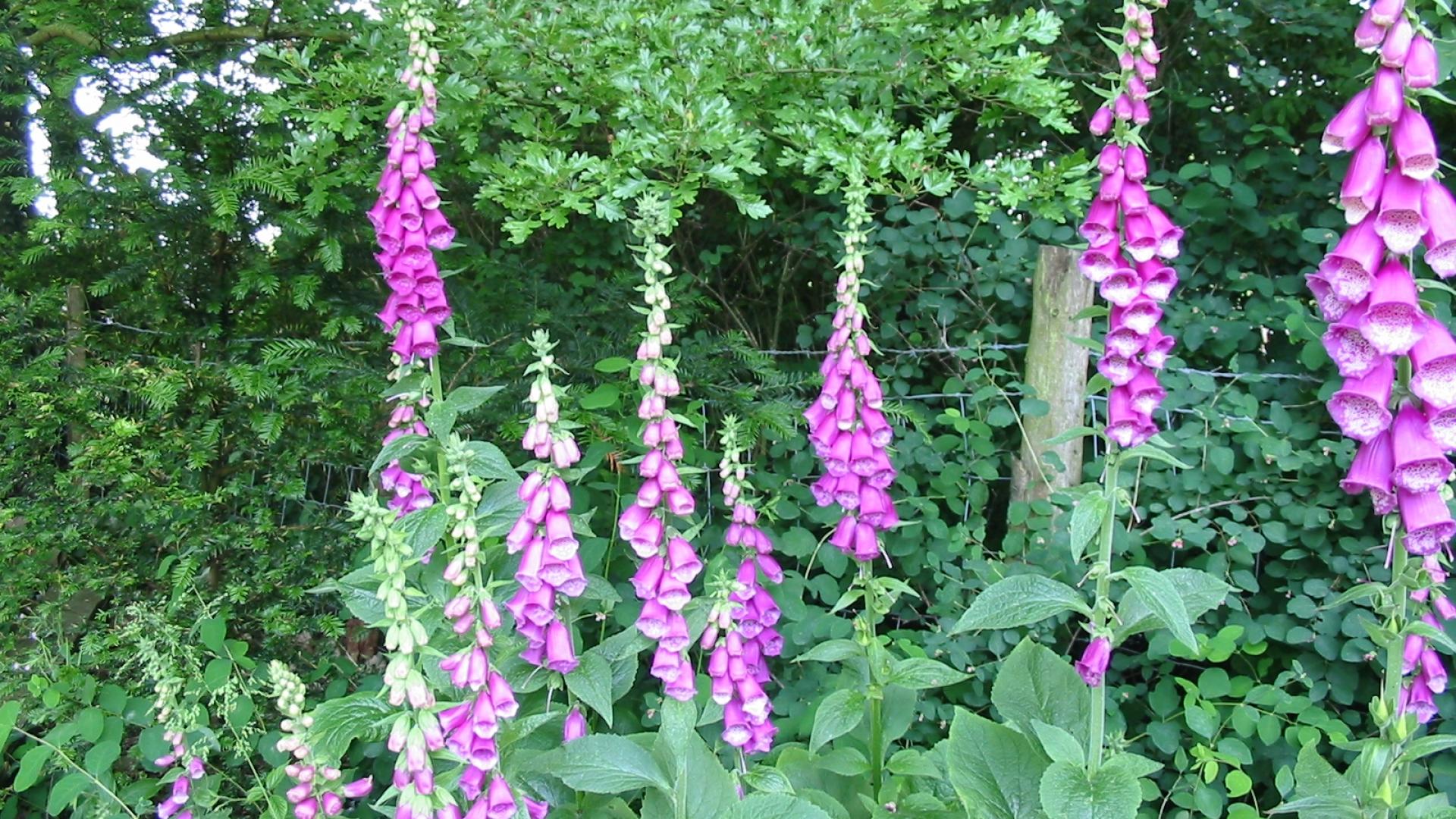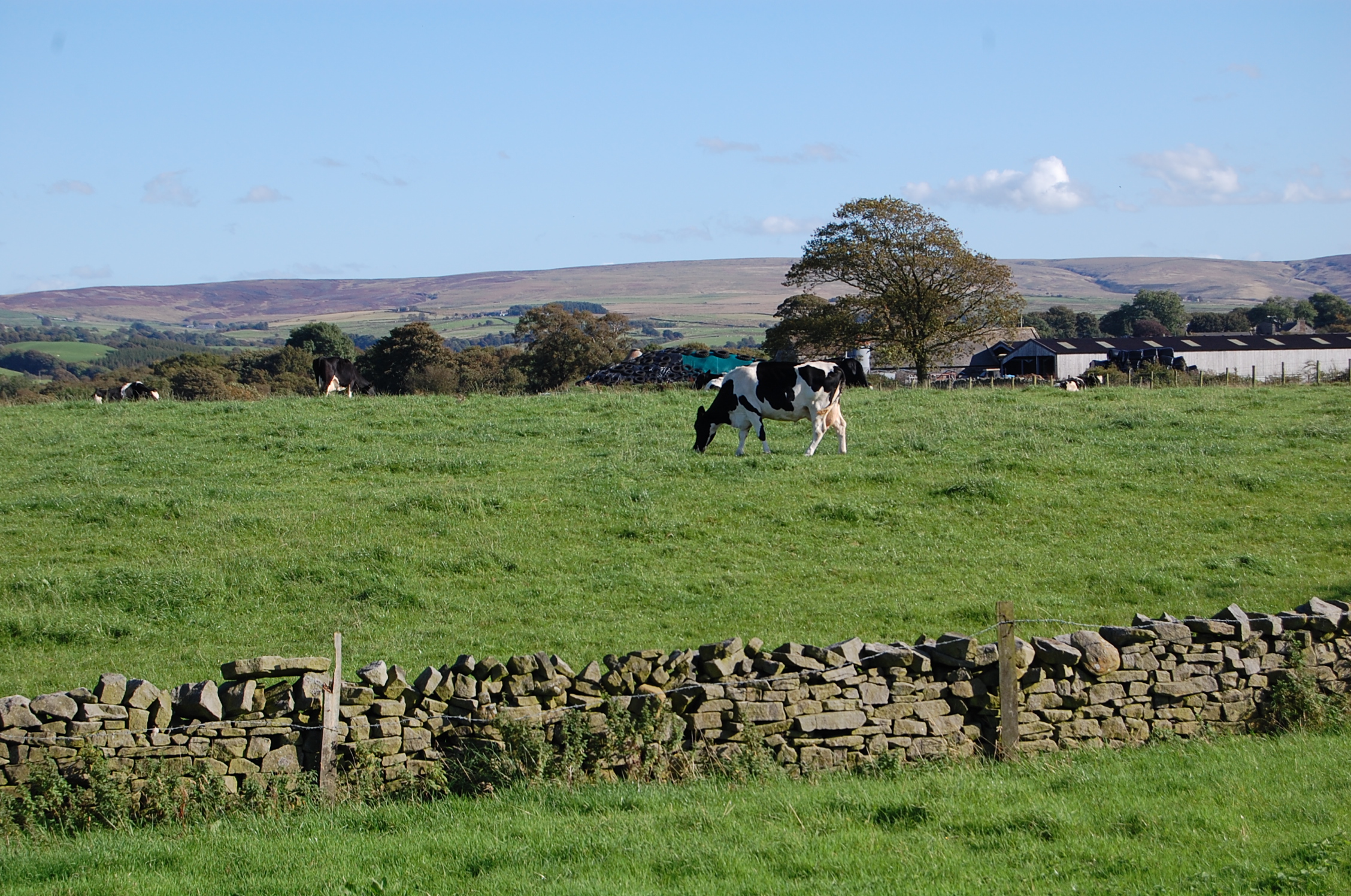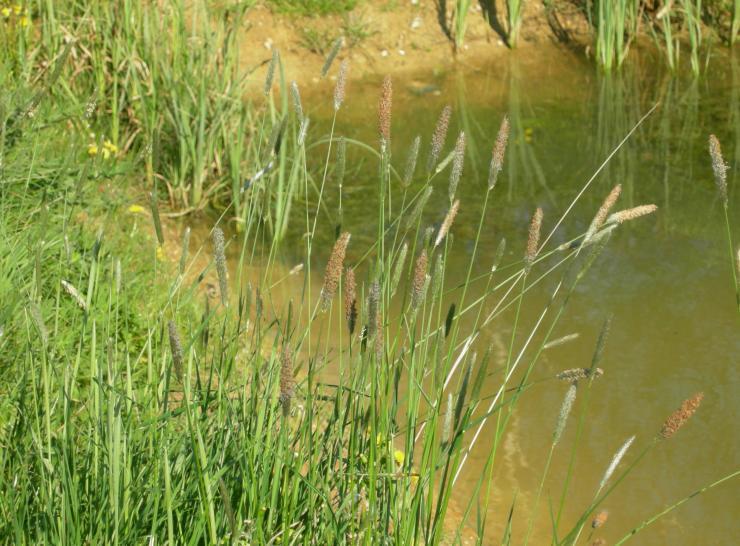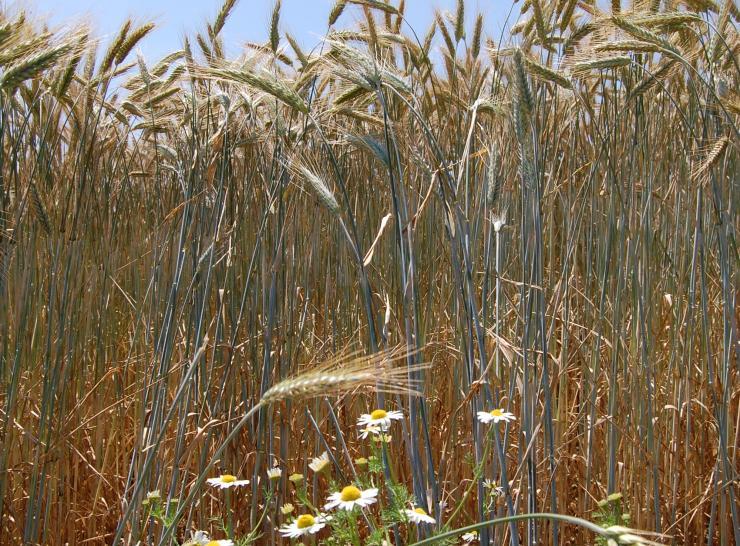Common plants are important because they make a disproportionately large contribution to ecosystem functioning and therefore to the delivery of services that benefit humans (grassland agriculture, carbon storage, nectar provision, soil stabilisation, noise mitigation, air pollution and lowland flooding reduction and provision of a breeding habitat for many bird species). Rare species are the jewels in the crown, but the more common plants are the heavy lifters that freely deliver many aspects of human life support. It is therefore vital to know how they are changing and why.
Top 10 most frequent plants in Britain
- 1. Yorkshire-fog
- 2. Bramble
- 3. Common Nettle
- 4. Cock's-foot
- 5. Creeping Bent
- 6. Hawthorn
- 7. Creeping Buttercup
- 8. Common Bent
- 9. Perennial Rye-grass
- 10. Red Fescue


'Britain is a grassy country..' Mark Hill, Biological Records Centre




